Spectrum Summary: Indira Gandhi: The Second Phase (January 1980 – October 1984) | History for UPSC CSE PDF Download
Indira Gandhi: The Second Phase (January 1980 - October 1984)
In the January 1980 General Elections, the Congress (I) achieved a significant victory, bringing Indira Gandhi back to power with a strong majority. She was elected from Rae Bareilly and Medak , choosing to represent Medak, and took on the role of Prime Minister once again. However, in June 1980, Indira Gandhi experienced a devastating loss when her son Sanjay died in a plane crash. Before this tragedy, she had relied heavily on him. Overcome with sorrow, she turned to her elder son, Rajiv Gandhi , who was an airline pilot without any political experience. Despite his initial hesitation, Rajiv entered politics and was elected from Amethi to the Lok Sabha , signalling a new chapter for the Gandhi family.
Economy and Environment
Economic Initiatives
- In response to various challenges, Indira Gandhi introduced multiple economic initiatives.
- She quickly addressed economic issues by updating the existing Janata Sixth Five-Year Plan and launching a new Sixth Five-Year Plan (1980-85).
- The new plan focused on enhancing growth, encouraging industrialisation, reducing poverty, and easing unemployment.
- A minimum needs program was aimed at supporting the economically disadvantaged, ensuring a standard of living accepted nationwide.
Rural Development Programs
- The Integrated Rural Development Programme (IRDP) was launched across the country on October 2, 1980.
- The National Rural Employment Programme (NREP) began in October 1980 and became a regular aspect of the Plan from April 1981.
- The National Bank for Agriculture and Rural Development was established in 1982, as suggested by the Shivaraman Committee , to support rural development.
Economic Liberalisation and Caution
- Indira Gandhi's approach included cautious steps towards economic liberalisation .
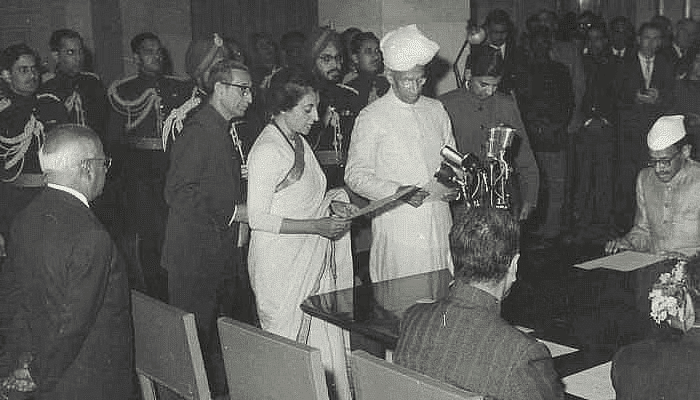
The Sixth Plan: A Step Towards Economic Liberalization
The Sixth Plan marked a significant move towards economic liberalization in India. A key event during this period was the launch of Operation Forward in 1982, which aimed to enhance economic growth and development. However, Prime Minister Indira Gandhi had reservations about the potential influence of multinational companies on the country's self-reliance and independence.
Focus on Environmental Conservation
- Indira Gandhi continued to prioritize environmental issues during the Sixth Plan, building on her earlier initiatives.
- She played a crucial role in the implementation of the Wildlife Protection Act in 1972 and the Water (Prevention and Control of Pollution) Act in 1974.
- The Sixth Plan underscored the importance of environmental improvement , leading to the enactment of several key laws, including:
- Forest (Conservation) Act in 1980
- Air (Prevention and Control of Pollution) Act in 1981
Building on Past Environmental Initiatives
- Indira Gandhi 's involvement in the first United Nations conference on the environment in 1972 laid the foundation for future environmental policies in India.
- Initiatives such as Project Tiger , launched in 1973, showcased her dedication to wildlife protection and environmental conservation .
India’s Man in Space
- In 1984, under Indira Gandhi's leadership, Rakesh Sharma , an Indian Air Force pilot, made history as the first Indian in space through a partnership with the Soviet Intercosmos program.
- During the Soyuz T-11 mission, he spent eight days aboard the Salyut 7 space station , where he conducted various experiments related to biomedicine and remote sensing .
- One of the most memorable moments of this mission was when Indira Gandhi asked Rakesh Sharma about India as seen from space. His famous response, “Sare jahan se achcha,” (better than the entire world) resonated with people and became a lasting phrase.
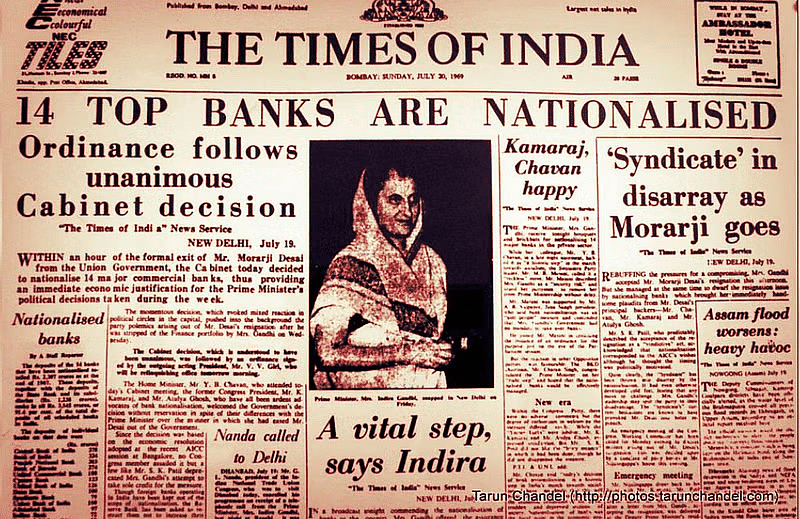
India's First Astronaut: Rakesh Sharma
In 1984, under the leadership of Indira Gandhi, Rakesh Sharma , a pilot from the Indian Air Force, became the first Indian to travel into space. This was made possible through the Soviet Intercosmos programme. He flew on the Soyuz T-11 spacecraft and spent eight days on the Salyut 7 space station, where he conducted experiments in biomedicine and remote sensing . A famous moment during his journey was when Indira Gandhi asked him how India looked from space, to which he replied, " Sare jahan se achcha ," a phrase that has since become iconic.
Foreign Relations
Sri Lanka and the Tamil Issue
- In Sri Lanka, there was a shift in power from Srimavo Bandaranaike to J.R. Jayawardene , whom Indira Gandhi perceived as a Western puppet.
- Accusations arose that India was attempting to manipulate the Tamil situation in Sri Lanka for its own strategic interests.
- Despite these allegations, Indira Gandhi chose not to support calls for Indian intervention in Sri Lanka following the horrific incidents of Black July 1983 , when Sinhalese mobs violently attacked Tamils.
Pakistan and the Siachen Conflict
- Relations between India and Pakistan worsened under General Muhammad Zia-ul-Haq in Pakistan, starting in 1978. There were growing concerns that Pakistan was supporting Khalistani militants in Punjab.
- In 1984, military clashes between India and Pakistan escalated into the Siachen Conflict , focused on the glacier in the disputed Kashmir region, which is crucial for both countries.
- The conflict arose from territorial disputes, leading to Operation Meghdoot in April 1984. This operation marked the beginning of Siachen as the world’s highest battlefield.
- Through this operation, India secured control over the passes Sia La and Bilfond La , while Pakistan retained control over Gyong La .

Non-Aligned Movement
During Indira Gandhi's leadership, India reaffirmed its role in the Non-Aligned Movement (NAM). In 1983, India hosted the NAM Summit in Delhi, with Indira Gandhi as the chairperson. She emphasized the link between disarmament and economic development, advocating for a new international economic order to benefit developing countries.
Unrest in the States
- This period witnessed a rise in political and communal tensions across India.
- Naxalite activities re-emerged in the tribal regions of Andhra Pradesh .
- A movement for separate statehood gained momentum in the Jharkhand region, which was carved out of Bihar in 2000.
- Similar, though less intense, movements for separate statehood were observed in Madhya Pradesh and Uttar Pradesh .
- Various states began demanding greater autonomy from the central government.
- In Assam , the All-Assam Students Union called for the expulsion of Bengalis, citing fears of cultural dominance.
- In Nagaland , the National Socialist Council of Nagaland (NSCN) , led by Thuingaleng Muivah , advocated for separatism, collaborating with militants from Kashmir and Sikh groups.
Thuingaleng Muivah and the NSCN
In 1982 , Thuingaleng Muivah became the General Secretary of the National Socialist Council of Nagaland (NSCN) . The NSCN, under his leadership, played a crucial role in advocating for the rights and interests of the Naga people, pushing for greater autonomy and recognition of their unique cultural identity.
Punjab Turmoil and Operation Blue Star
- In the 1980s , Punjab was engulfed in significant political unrest characterized by profound communal rifts.
- Sikhs , feeling a strong connection to their religious identity, were aggrieved by the central government's interference, which hindered their political party, the Akalis , from exercising autonomous governance.
- The Anandpur Resolution of 1973 , advocating for increased autonomy, was interpreted by some as implying the idea of a 'Sikh nation,' suggesting a separation from the Indian Union.
- The Akalis , in their opposition to the Nirankari sect, witnessed the emergence of Jarnail Singh Bhindranwale .
- As the head of the Damdami Taksal , Bhindranwale was a vocal critic of the Nirankaris and delivered speeches condemning perceived injustices in independent India, targeting Hindus and 'modern' Sikhs.
- Initially, he was believed to have received support from the Congress party to counter the Akalis, but he soon garnered a following of his own.
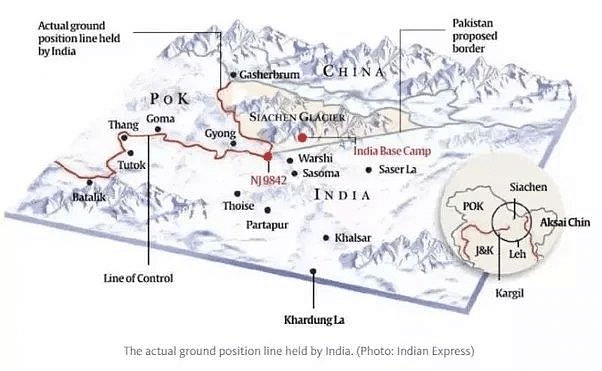

Historical Events Surrounding Khalistan
- In 1980 , the Akali Party lost power to the Congress Party in Punjab.
- This loss led to the Akali Party becoming more radical and supportive of the Khalistan movement .
- The movement for a separate Sikh state, Khalistan , gained support from Sikhs living abroad , particularly in England , the United States , and Canada .
- In June 1980 , students at the Golden Temple in Amritsar declared the formation of Khalistan, with Jagjit Singh Chauhan , based in London , as its president.
- Bhindranwale's rise to power was marked by suspicions of his involvement in the killings of Nirankari leaders .
- To counter his influence, the Akalis took drastic measures, resigning from the state assembly on Republic Day in 1983 .
- Bhindranwale's provocative speeches against Hindus and calls for violence escalated communal tensions, leading to increased conflict.
- Efforts by the central government, led by Narasimha Rao , to negotiate peace with Bhindranwale were unsuccessful.
- There were allegations of Pakistan supporting Khalistani terrorists , heightening tensions in Punjab , where these groups reportedly targeted officials from both Hindu and Sikh backgrounds.
- In October 1983 , a bus carrying Hindu passengers was attacked, leading to the imposition of President's Rule in Punjab.
- Bhindranwale fortified himself in the Akal Takht near the Golden Temple and continued his activities.
- In response to the deteriorating situation, Operation Blue Star was launched on the night of June 5, 1984 , with the Indian Army storming the Golden Temple complex .
- The operation, led by Major General K.S. Brar under the guidance of General K. Sundarji , faced challenges due to Bhindranwale's advanced weaponry and fortifications.
- Tanks were eventually deployed to regain control by June 7, resulting in casualties among militants, army personnel, and civilians.

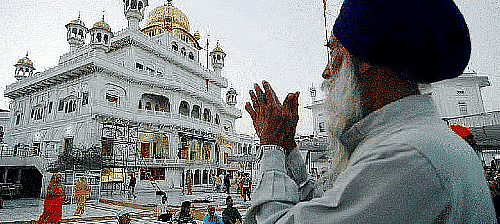
Aftermath
The aftermath of Operation Blue Star caused significant disturbances among Sikhs worldwide. Many Sikhs left the Indian Army, and mutinies were reported. While Operation Blue Star aimed to curb militancy, it had complex and lasting repercussions for the region. It cleared the Golden Temple complex of arms but also led to the tragic assassination of Prime Minister Indira Gandhi.
Indira Assassinated
On the morning of October 31, 1984, as she walked from her house to her office, Indira Gandhi was shot by her Sikh security guards, Beant Singh and Satwant Singh. Despite urgent efforts to rush her to the All India Institute of Medical Sciences, she ultimately did not survive. The official announcement of her death was made by All India Radio and Doordarshan in the evening.
Indira Gandhi's Last Rites
Legacy: The era of Indira Gandhi came to an end with her assassination. Her long tenure in power had significant implications for India.
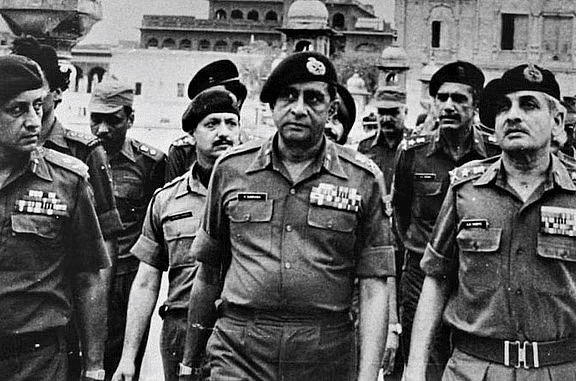
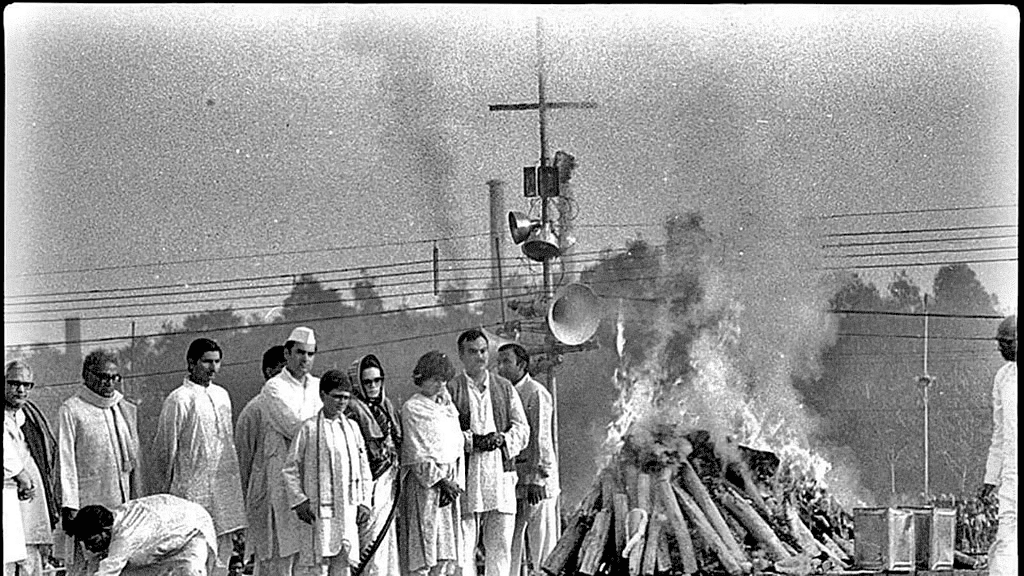
Legacy of Indira Gandhi
Indira Gandhi's era ended with her assassination, but her long tenure had significant political and social impacts on India's democratic framework.
Economic and Educational Impact
- During her leadership, economic programs and the expansion of education brought about substantial social transformations.
- The empowerment of middle and lower social castes contributed to the growth of the urban middle class in India.
Social Unrest and Challenges
- Despite economic progress, her tenure was marked by widespread social unrest, caste clashes, and communal violence.
Concentration of Power and Weakening of Democratic Processes
- Indira Gandhi increasingly depended on her son and a close-knit group of advisors.
- To prevent competing power centers, she weakened the Congress party structure, leading to increased sycophancy and sidelining of regional leaders.
- Democratic methods of selecting party leadership were abandoned, and the Gandhi family became central to party cohesion, fostering dynastic politics in other parties.
Corruption and Abuse of Power
- Allegations of corruption and misuse of power became prominent during her tenure, drawing national and international scrutiny.
- The state apparatus was increasingly abused by those in power.
Foreign Policy and National Security
- Indira Gandhi's determination and decisiveness in the face of external aggression enhanced India's status in global affairs.
- She demonstrated that India would not be intimidated, elevating the country's standing on the international stage.
|
228 videos|855 docs|219 tests
|
FAQs on Spectrum Summary: Indira Gandhi: The Second Phase (January 1980 – October 1984) - History for UPSC CSE
| 1. What were the main economic policies implemented during Indira Gandhi's second phase as Prime Minister? |  |
| 2. How did Indira Gandhi contribute to India's space program? |  |
| 3. What were some of the key foreign relations challenges faced by Indira Gandhi during her second phase as Prime Minister? |  |
| 4. How did the unrest in the states impact Indira Gandhi's government? |  |
| 5. What was Operation Blue Star and why was it significant? |  |
















